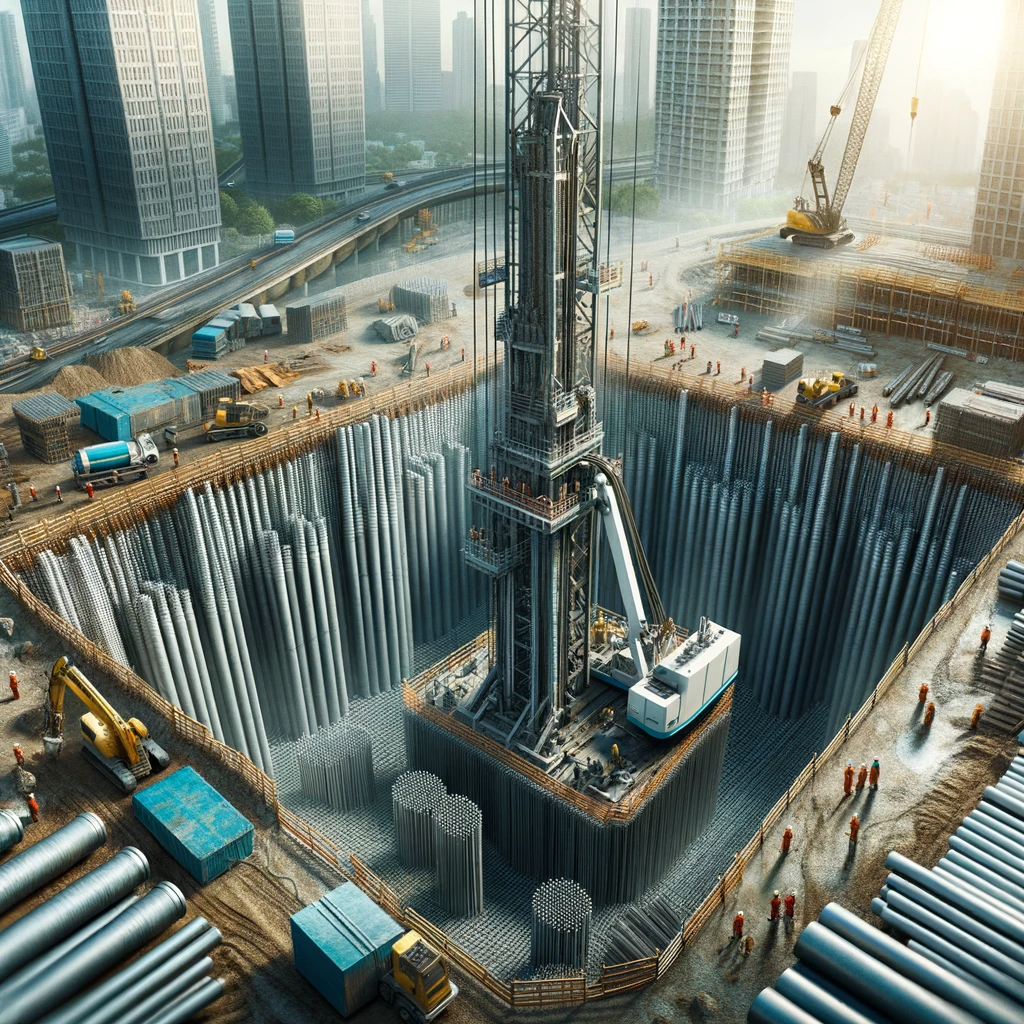The Environmental Impact of Caisson Drilling: What You Need to Know
Caisson drilling, an undeniable linchpin in modern construction, isn’t just about creating stable foundations; it’s also about understanding its interaction with the environment. As we push boundaries in engineering, it’s crucial to assess the ecological repercussions of practices like caisson drilling. This article aims to shed light on the environmental dimensions of this pivotal construction method.

What’s the Environmental Concern?
While caisson drilling provides architectural stability, there are environmental concerns associated with the extraction, use, and disposal of the materials and by-products of the process. Here are the primary ecological areas affected:
- Soil Disruption: Drilling displaces large amounts of soil which can affect the local ecosystem, especially if not managed correctly.
- Water Usage: The construction process often requires significant water, potentially depleting local resources.
- Disposal of By-products: The waste material, if not disposed of properly, can contaminate nearby soil and water.
Addressing the Impacts
- Recycling Drilled Material: Instead of discarding the drilled-out material, it can be recycled and used in other construction processes.
- Efficient Water Use: With modern equipment, it’s possible to reduce the amount of water used during drilling, minimizing wastage.
- Safe Disposal: Ensuring that waste materials are correctly disposed of, either by recycling or safe dumping, reduces environmental risks.
Alternative Techniques and Green Solutions
There are innovations within the construction industry aimed at making caisson drilling more environmentally friendly:
- Biodegradable Fluids: Some companies have started using biodegradable drilling fluids, which break down naturally and have a lesser impact on the environment.
- Natural Reinforcements: Rather than always using steel, natural or recycled materials are being considered for reinforcements in some projects.
- Noise and Vibration Reduction: Minimizing these reduces the impact on local wildlife and habitats.
The Broader Picture: Sustainable Construction
Caisson drilling is just one piece of the larger puzzle of sustainable construction. The construction industry, in general, is becoming increasingly aware of its environmental footprint and is adopting greener practices across all operations.
It’s crucial to understand that while caisson drilling has environmental impacts, it’s also a method that provides a sturdy foundation for buildings in challenging terrains. The goal isn’t to stop caisson drilling but to make the process as environmentally friendly as possible.
In Conclusion
As we continue to develop and innovate within the construction industry, the balance between efficient construction methods and environmental conservation becomes paramount. Caisson drilling, while incredibly effective, must also be examined through the lens of its environmental implications. With increased awareness and the adoption of greener practices, we can ensure that our modern marvels of construction coexist harmoniously with Mother Nature.
